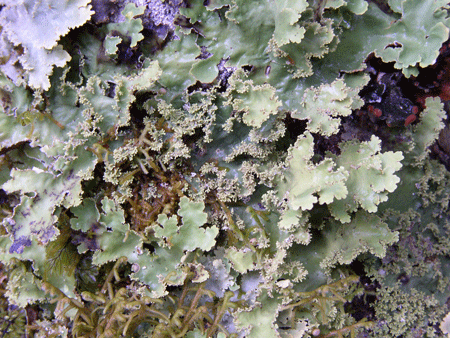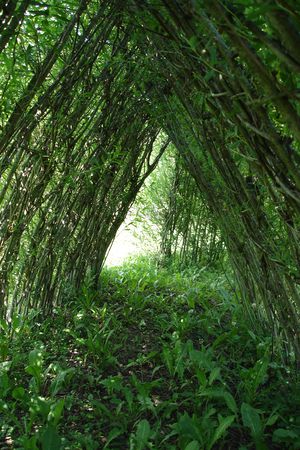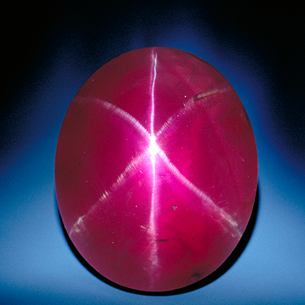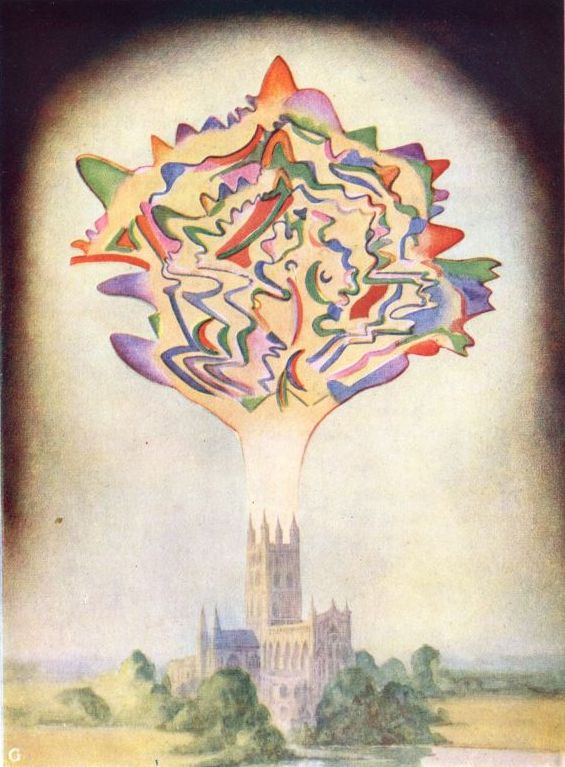Native Trees of Scotland x
Tree Lungwort wiki
Rowan wiki
Osier wiki
S and x "The more common Scots Gaelic name for the rowan is caorunn which crops up in Highland place names such as Beinn Chaorunn in Inverness-shire and Loch a'chaorun in Easter Ross. This indicates the rowan’s importance in bleak and lonely Highland areas, where other trees would not easily grow, and where the rowan is called the Lady of the Mountains. Rowan was also the clan badge of the Malcolms and McLachlans and the surnames Mac Cairthin and MacCarthy come from the old Gaelic word for rowan and literally mean "Son of the Rowan".
In Scotland at least, the rowan seems to have been the Tree of Life or Cosmic Axis tree. Such trees stood at the sacred centre [often also the geographical centre] of a place, connecting it to the realms of above and below, as well as the four directions. Kings were crowned there, and all important decisions made under the auspices of the tree, giving them the authority of the Otherworld as well as this one. Such a rowan tree stood on one of the Orkney islands. The fate of the island was bound up with it: if even one leaf was carried away from the island, the Orkneys would pass under the dominion of a foreign lord.
There were strong taboos in the Highlands against the use of any parts of the tree save the berries, except for ritual purposes. For example a Gaelic threshing tool made of rowan, called a buaitean, was used on grain meant for rituals and celebrations. According to Hugh Fife in his Warriors and Guardians: Native Highland Trees, the Rowan tree is one of the most sacred trees in Scottish folklore: “Scottish tradition does not allow the use of the tree’s timber, bark, leaves or flowers, nor the cutting of these, except for sacred purposes under special conditions.”
In the past, it was earnestly believed that evil witches had no power where there was rowan wood; after all, the berries are marked at the base with the sign of the pentagram, a sign of protection. In Scotland, it was put up in the house as a protective charm as ‘it cannot be removed by unholy figures.’ [5] In Yorkshire, the second of May was called ‘Witchwood Day’, when rowan pieces were taken and fixed over the door. According to one account, several were taken, one for the door, one for the cattle byre, one for the stable, one for personal use, one for the head of the bed and so on. They must be cut on St Helen’s Day, cut with a household knife from a tree the cutter had never seen before. It must be taken home by a different route from the one taken to get there.
Rowan's associations are with witchcraft, protection, divination and the dead. The berries are marked with the sign of the pentagram, a sign of protection, magic and the calling and banishing of spirits.
Rowan helps to communicate with the spirit world. The berries, wood and leaves can be dried and burned as an incense to invoke spirits, familiars, spirit guides and elementals, to ask for their help when seeking visions, particularly at Samhain and Imbolc.
Rowan wood may be used for making tools of divination, particularly a divining rod to locate metal. Amulets or talismans of rowan will also help in this regard.
The wine or tea may be taken to induce prophetic dreams and the incense burned whilst seeking visions.
Its name is linked with the Norse word "runa", meaning "a charm", and the the Sanskrit "runa", meaning “a magician. Rune staves, sticks on which the runes were inscribed, were made of Rowan wood and it would be an appropriate wood to choose for making a set of ogham sticks if you wanted to make a set quickly without waiting to collect each stick from each of the relevant trees.
The berries or wood can also be used in an incense to banish undesirable entities and thought-forms. A rowan cross, made of two twigs of rowan, tied with red thread, may be hung in the home for protection. A rowan wand is used for casting a protective circle. Plant a protective rowan tree near your house.
Red is the colour which indicates the latent life and rebirth potential in the dead, as such red foods are used in feasts of the dead. At Samhain, when we seek to contact the Mighty Dead for their guidance, rowan foods and wine are suitable. "
Magical uses: Divination, protection, calling and banishing spirits
Cautions: The berries can be slightly toxic if not cooked.
Planetary ruler: variously associated with the Moon, the Sun, Mars, Uranus and Mercury
Star sign: Aquarius
Element: Water/ fire
Bird familiar: Duck
Animal familiar: Cow
Colour: grey/red
Gemstone: ruby / yellow crysolite,
Runes: Nyd
Ogham: Luis
Festival: Imbolc, Samhain
Station: North-east
Magical tool: wand, shuttle, divining rod
Associated deities: Brigantia/ Brighid, Thor, Rauni, Sif, Halys, Orpheus
Ruby Peridot (yellow chrysolite)
Runic Alphabet wiki
Thoughtform wiki










